Three years ago this month the L-mount Alliance was announced. At the time, few could have imagined the rapid development of this joint venture between Leica, Panasonic, and Sigma. Not only do we now have a range of cameras at all price levels, but we also enjoy a bewildering array of lenses. And that’s before we even consider the opportunities opened up by adapters and the vast number of new and used M-mount lenses from Leica, Zeiss, Voigtländer, and a plethora of smaller firms.
Leica’s original SL system, launched in October 2015, offered a combination of Panzer-body and portly lenses to satisfy perfectionists. But it wasn’t a system for everyone. The quest for perfection means high cost and weight, and Leica’s L system is undeniably very expensive and very heavy. It is off the menu for most amateur photographers, on cost grounds primarily, and even die-hard Leicaphiles wilt a little at the prospect of owning such a hefty system despite their deeper pockets. Without the fillip of the alliance, The SL system would have remained very much a niche offering and lacking in a truly wide range of lenses.
Transformation
However, the advent of the L-Mount Alliance has transformed Leica’s prospects and put new life into the SL system. We now have a range of lighter zoom lenses from Panasonic and Sigma and some very attractive, compact primes to compete with Leica’s undoubtedly excellent optics.
Some buyers may worry that these third-party lenses are inferior to Leica’s offerings. Ultimately, they probably are in terms of construction, consistent performance, and value retention(1). But the compromise can be worthwhile, certainly on the wallet and probably on the muscles. It’s significant that even Leica appreciates the quality of some of these third-party lenses and has adopted a Sigma design for its latest 24-70 f/2.8 SL zoom. It’s an excellent choice, offering lighter weight, good performance, and a much lower price tag.
Wide range
The benefits for owners of Leica SL cameras are obvious. But the joy of the L-mount system is that we now have excellent cameras covering a much wider price range and capable of bringing new users into the system. New blood is essential. These incomers, perhaps starting with a Panasonic S5 kit at around £1,800, will always have the possibility of an SL, whether new or used, dangling before their noses. In this way, Leica has a renewing opportunity to attract converts.
Above all, this low-priced entry to the system will ensure that Leica’s SL has a long life, something that was never a gilt-edged possibility before the LMA came into being. Far from cannibalising Leica’s sales, the L-mount Alliance is the bedrock of the system.
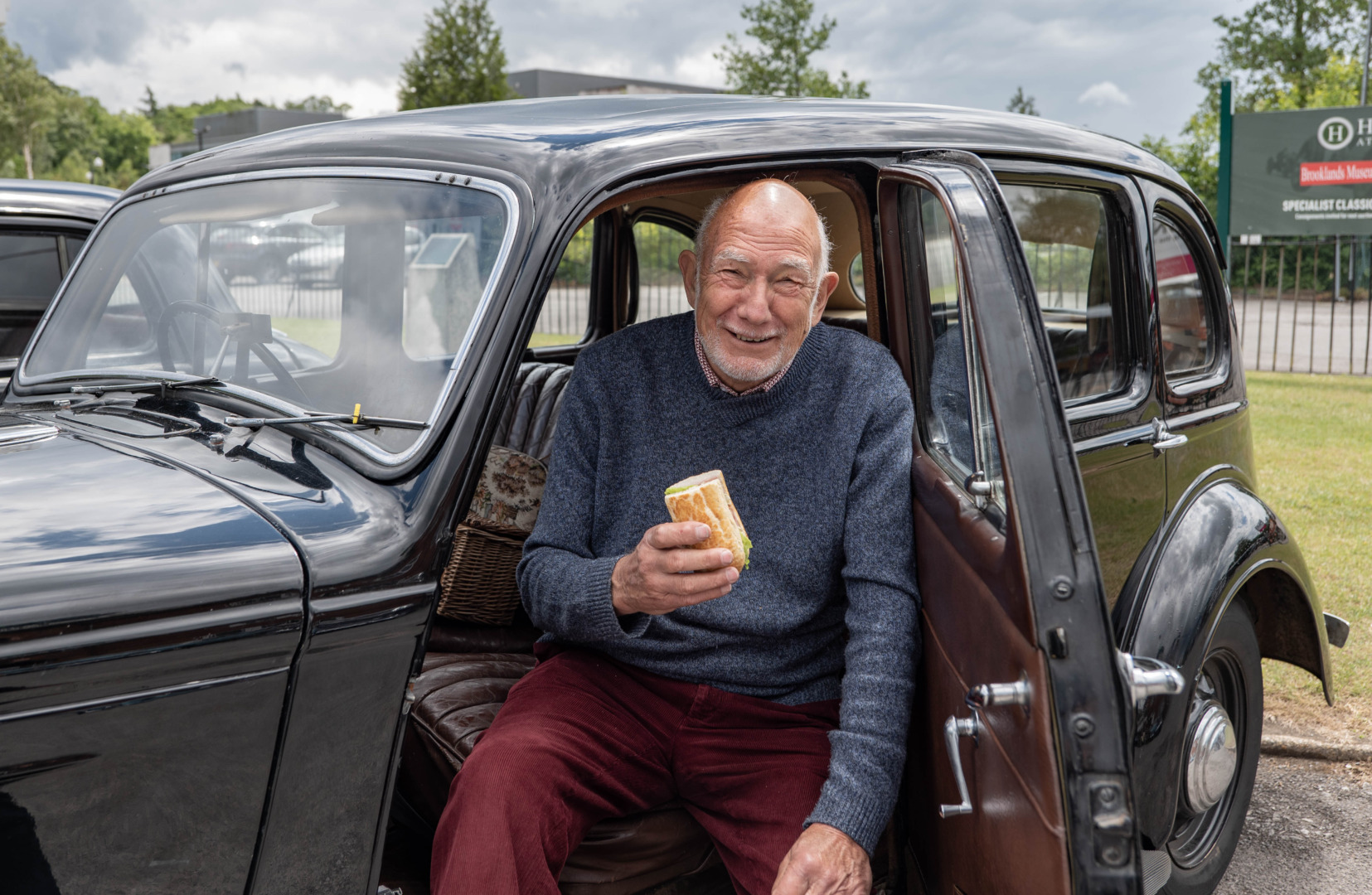
Camera choice
Both Sigma and Panasonic make excellent cameras for the L-system and at lower prices than Leica. Panasonic’s cameras are particularly interesting, with the S1 range complementing Leica’s SL2 and SL2-S in capabilities, size, and heft. Any of them makes a good alternative to the SL range but at a big cost saving.
The real gem in Panasonic’s range, though, is the frisky little S5. If the Leica SL2-S is a smooth-riding, rather sedate Rolls Royce, the 24MP S5 is an eager little beast, with rapid AF and a super-fast shutter release that reminds one of a sporty gear change and speedy autofocus. The S5 body is no bigger than the company’s G9 micro four-thirds and I am constantly amazed that it houses a full-frame sensor. That says a lot, and it ensures that the S5 is the ideal second body for SL owners. Used with some of the smaller, lighter Sigma and Panasonic primes, it is almost as compact as, say, the Leica Q2.
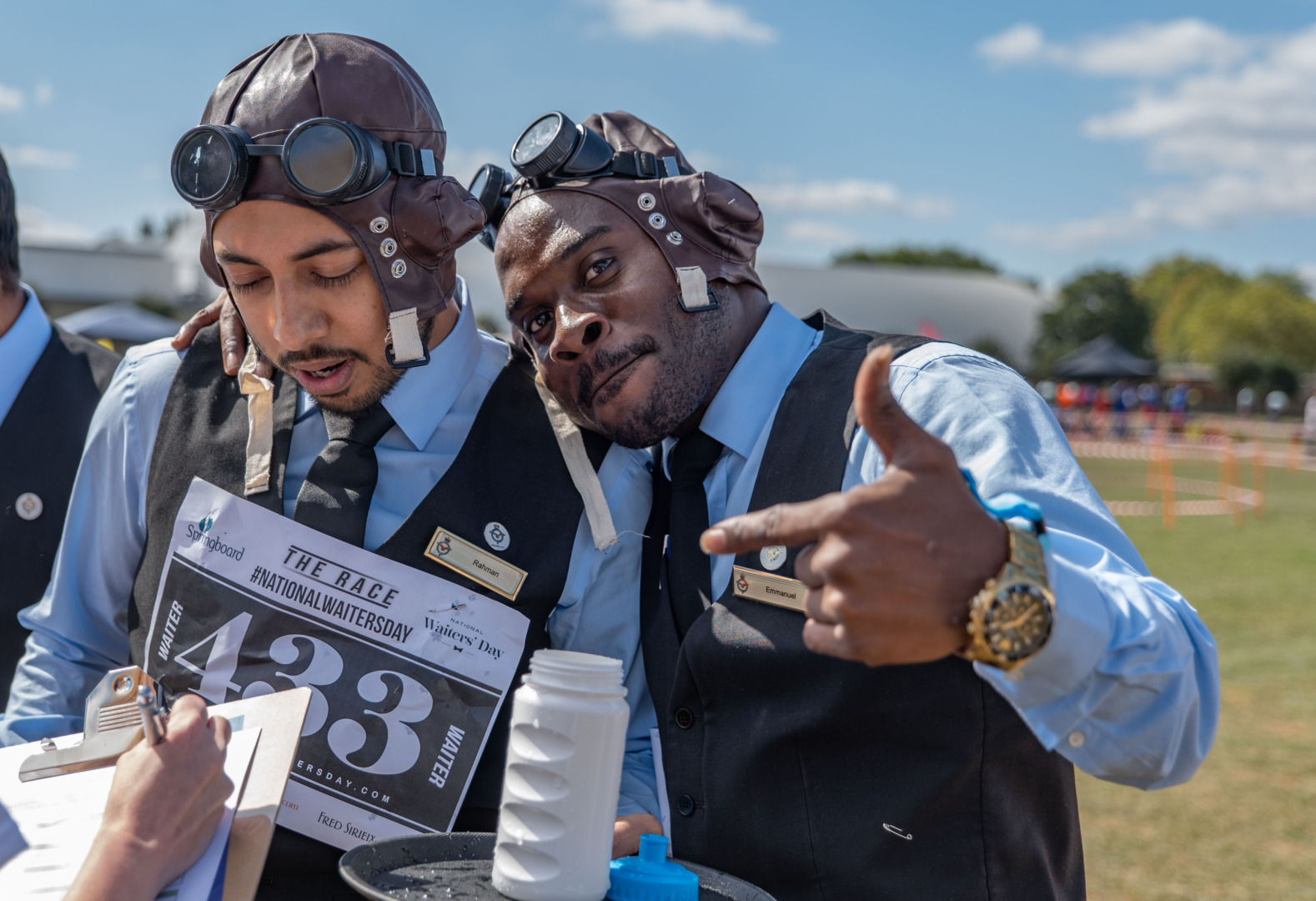
The little Lumix S5 is a joy to use and makes an excellent foil for the aristocratic SL2. While it can be overwhelmed and unbalanced by some of Leica’s monster lenses, it is highly capable and comes at a very tempting price. Twinned with that really very good 20-60 mm Panasonic zoom (which comes as part of the kit), it makes an ideal travel camera for those who need a lighter rig.
With 24 Sigma full-frame lenses, ten from Leica, and eleven from Panasonic currently on the market, the L-mount inventory is truly comprehensive and provides a solid basis for a system capable of standing the test of time. Both Sigma and Leica have further APS-C crop lenses which can also be used on the system.

Furthermore, the panoply of M-mount lenses can be used to remarkably good effect on all L-mount cameras (with an adapter, of course). They work best on the SL, though, because Leica designed the thinner sensors with M lenses in mind. But, overall, it’s the convenience of being able to choose from such a variety of lenses that makes the L-mount Alliance the success that it has become.
All this has happened in the space of just three years, and lens road maps are being updated by all three companies on a regular basis. The future looks bright, especially for those who are heavily invested in Leica’s SL system.
- Fast forward three years and see whether the Leica 24-70 or the Sigma 24-70 (essentially the same lenses) has retained the bigger percentage of its original purchase price. That Leica red dot does count for something, even if you pay heavily for it. ↩
More on the L-mount Alliance
More on the Leica SL
More on Panasonic Lumix
More on Sigma
Make a donation to help with our running costs
Did you know that Macfilos is run by five photography enthusiasts based in the UK, USA and Europe? We cover all the substantial costs of running the site, and we do not carry advertising because it spoils readers’ enjoyment. Every amount, however small, will be appreciated, and we will write to acknowledge your generosity.

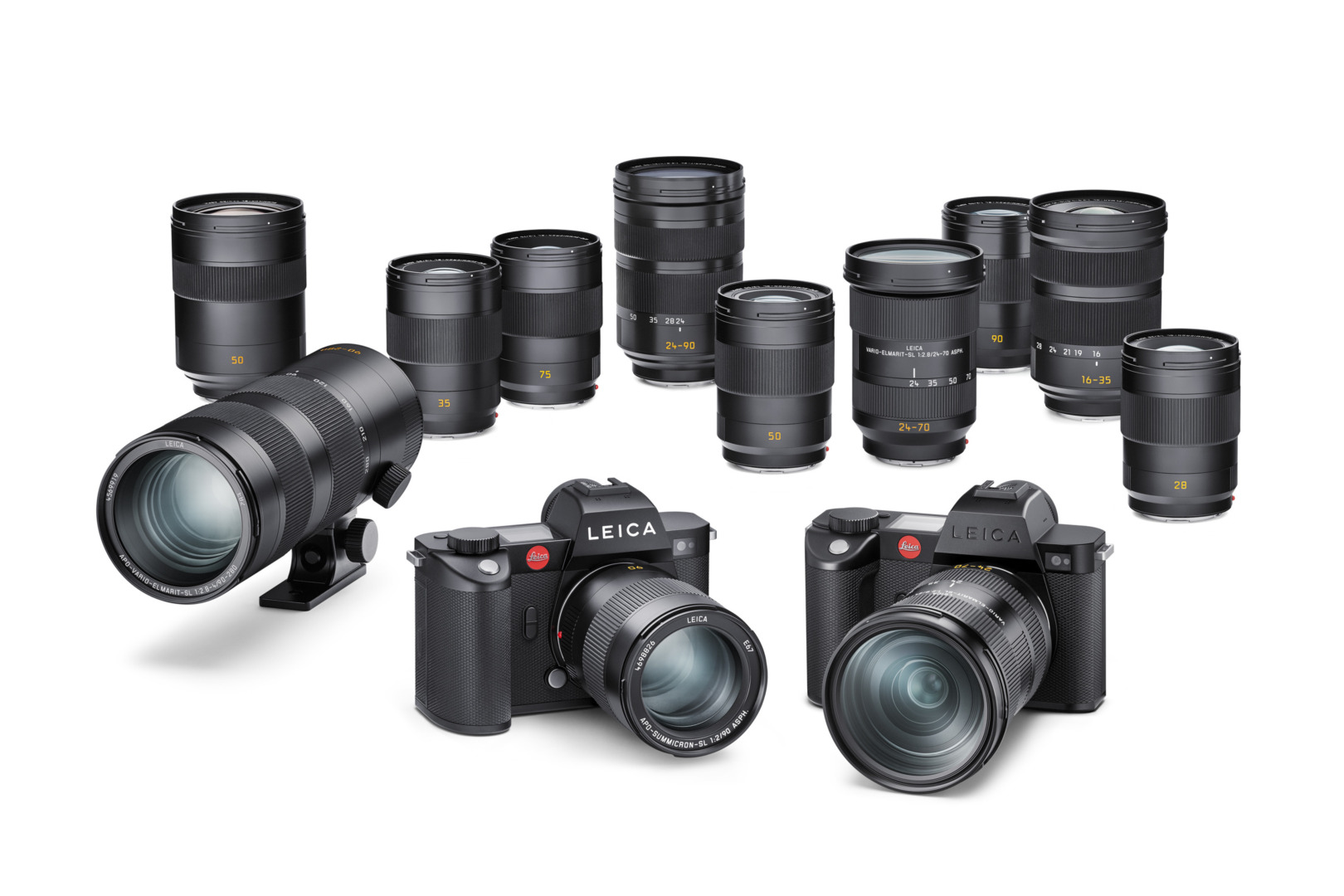
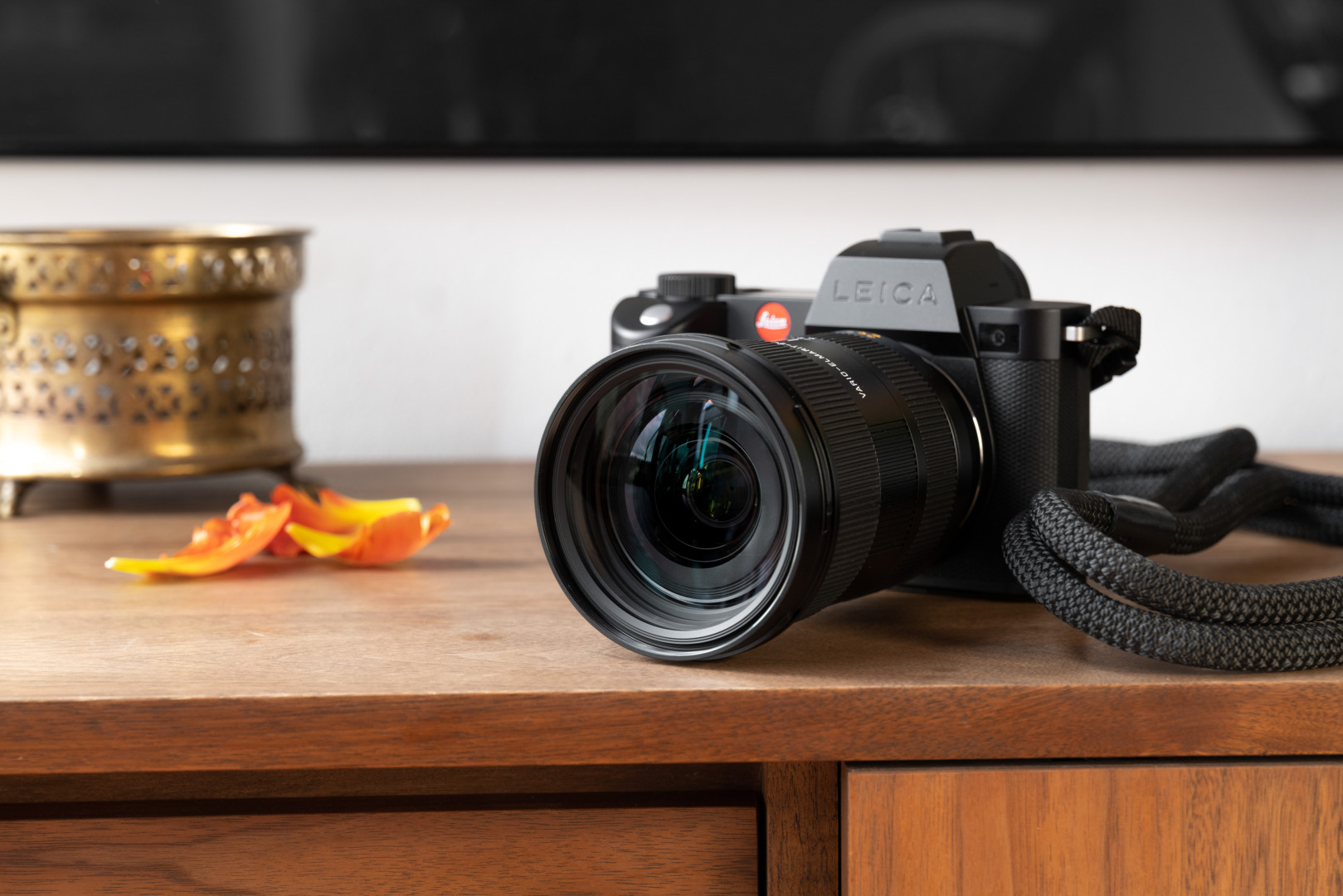
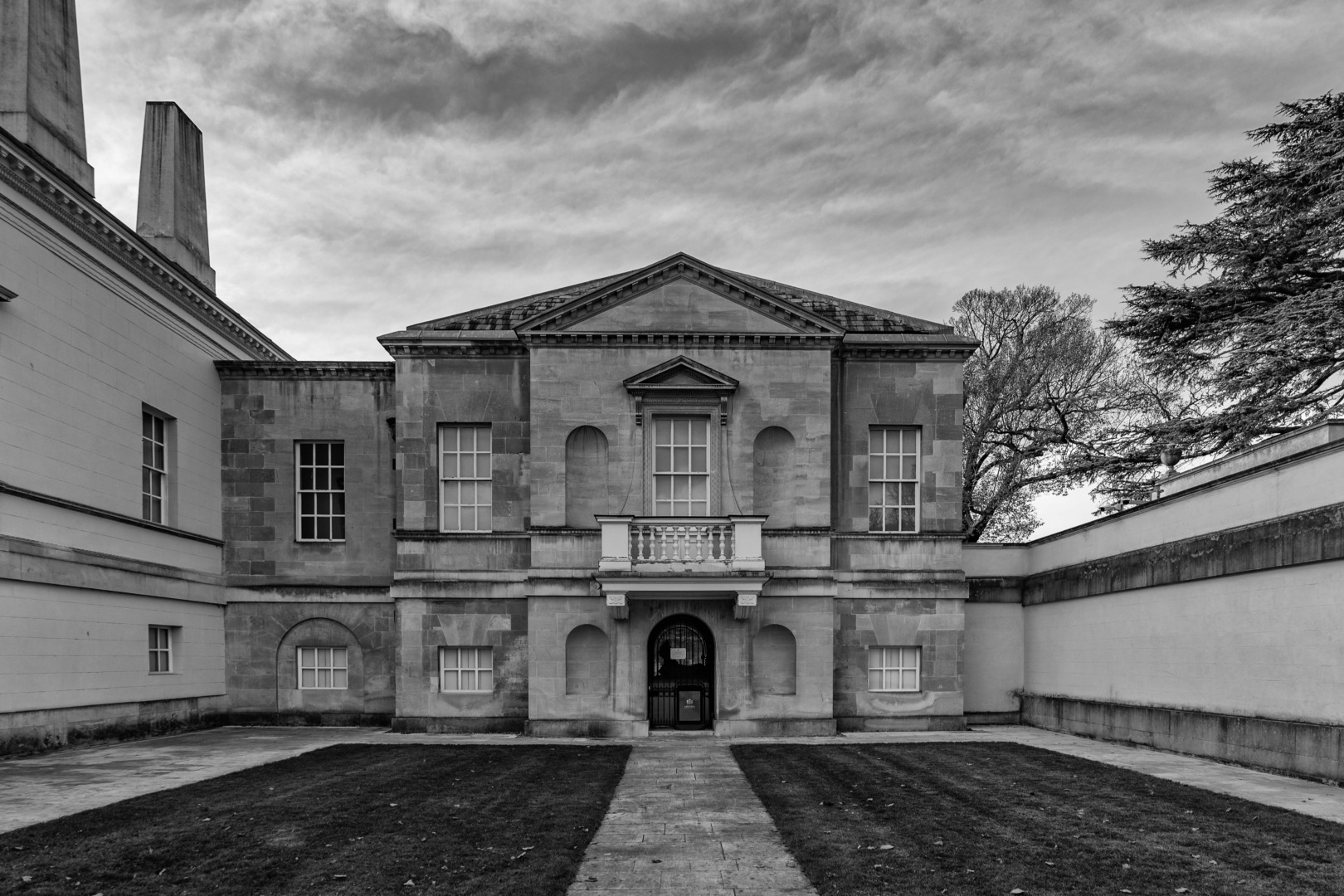
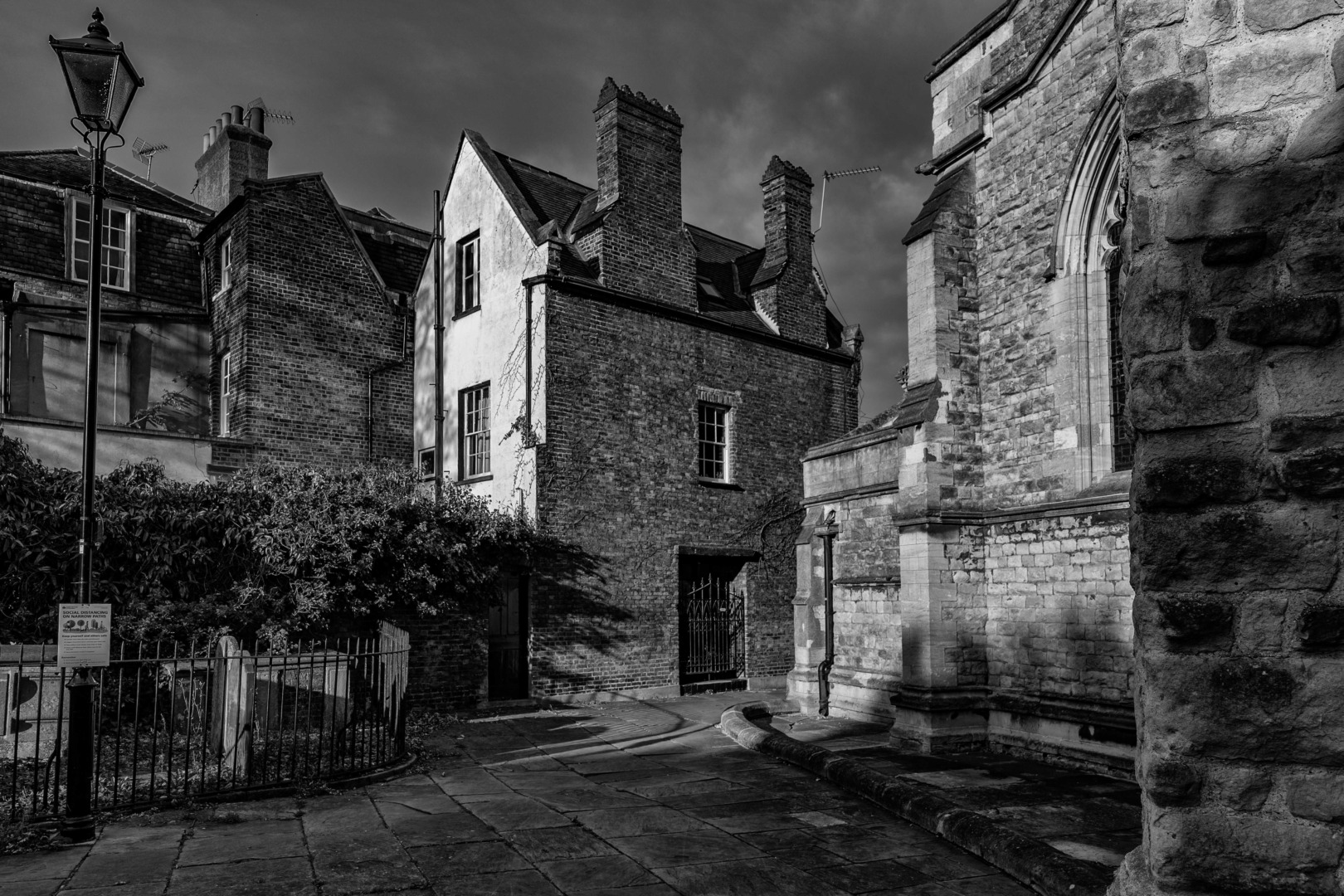
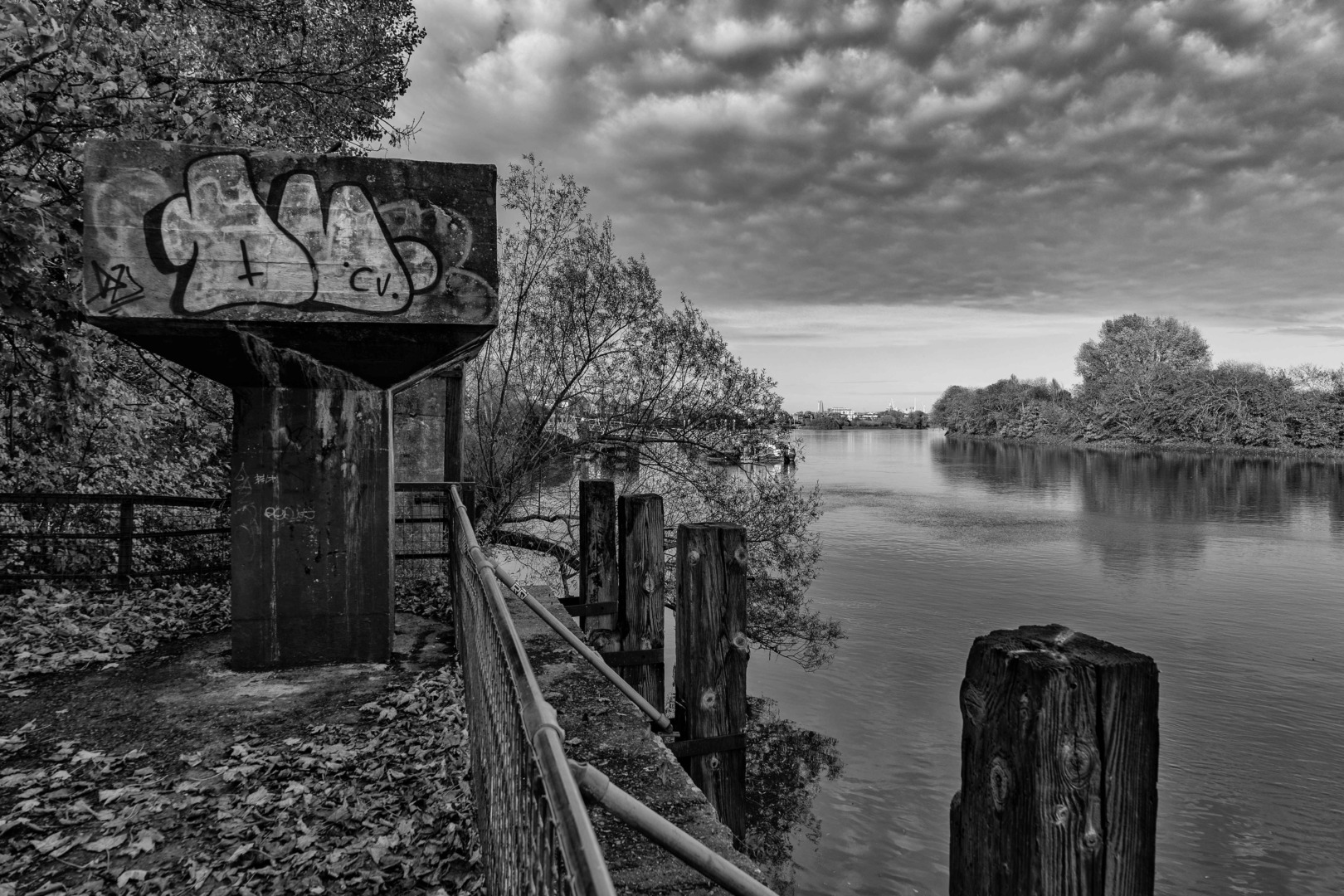
Morning Mike
May I recommend Kirk Tucks “visual science lab” long but interesting overview of the L mount alliance (with a well deserved dig at influencers)
Best
An issue in use of the non LMA lenses is that they are not encoded which means you don’t get the benefit of IBIS as the camera body can’t read what type of lens it is. At least not on the SL2-S. I’d imagine that’s the same on the Panasonics and the SL2 as they use the same methodology.
I’ve also found issues with physically mounting non LMA lenses due to the manufacturing tolerances in the L bayonet; YMMV.
Incidentally there is a company that provides the service of reducing the sensor stack height for the Panasonics by 0.6mm to make them more compatible with M mount lenses. But at that point it may have been more sensible just to have bought the Leica body instead of the Pana one in the first place if shooting rangefinder glass is a big part of what you do.
What company reduces the Panasonic sensor thickness?
Kolari is one. There’s an article on it on the “Leica Lenses for Normal People” website.
Hi Steve, this is incredible news.
I am going to purchase the Panasonic S1R with 24-105/4 lens kit. In Canada, it just came on sale for $2300.00 off the usual price! Body only is $1400.00 off normal price. This results in the price of the lens being only $300.00!!!!! The sale goes on until January according to my favourite camera store.
I will then do the conversion which apparently has the same filter stack height as my M9. I used to own the S1R but performance in the corners was not as good as the SL2 with m glass. But the S!R has features that the SL2 does not have such as the moving rear LCD. It will make a great second body.
Thanks again for pointing this out.
I’d be very interested to hear how this goes 🙂
The Panasonic S1R has a manually set IBIS focal length range from 0000.1mm to 1000.0mm … enabling IBIS with any fitted lens up 1000mm. However, my experience with same is that with long tele lenses it’s better to turn off IBIS and rely on a tripod fitted with a Jobu gimbal.
My earlier search identified 12 Laowa L mount lenses … second search shows 10
The Laowa link … it shows each of the 12 Laowa L mount lenses over 2 pages https://www.ukdigital.co.uk/catalogsearch/result/?cat=0&q=Laowa+L+Mount
Laowa offer 12 (twelve) ‘L mount’ lenses … all manual focus … including some very useful designs not on the Panasonic / Sigma / Leica radars … e.g. the Laowa 15mm f/4.5 Zero-D Shift Lens which has favourable reviews. I could add a link to all 12 if required.
Yes, by all means add the link in a comment. I’ll need to approve it so publication might be delayed for short time.
My personal view is that a sensor is just a sensor, it’s the glass in front that is really important.
In that regard, a Panasonic S5 with a good Leica lens seems quite appealing.
Now, I’m hearing my son’s words once again….”Cmon Dad, just blow the cobwebs off your wallet and open it”….
The S5 with the 20-60 is a great combination and provides a cheap entry to the L system. It’s definitely worth buying if you can be persuaded to open your wallet. Are there moths in there?
Quite agree Wayne, it’s the glass in front which matters.
Of course, you’re talking about lenses, but I’m talking about the glass covering of the sensor!
If you’re talking about Leica SL lenses, then fine – they don’t need a special sensor covering as the angle of incidence of the light is quite straight.
If you’re talking about Leica M lenses, then the coverglass of the SL sensors is specifically designed to deal with the much shallower incidence of light with Leica M lenses.
All the best
I remember reading a few years ago that Ming Thein, an expert high end commercial photographer , owned all of the Otus glass but only ever carried one at a time due to weight and what he planned to shoot.
I follow the same thought. I am completely rearranging my system now that I freshly retired. My core focal length is 50mm. I own the gorgeous SL2. I am going to be buying a Leica SL 50/1.4 soon. I own the awesome Panasonic S Pro 16-35/4 which is amazing for landscapes, cityscapes and architecture. I can crop the images and use it as a 16-70 /4 zoom. I usually shoot wide angles at f/8 so do not need fast wide angle primes. I plan to but the sensational Sigma 105/2.8 Macro and matched 2x converter which will allow me to shoot cropped images in the 300 to 400mm range. This allows me to pass on the heavy and bulky telephoto zooms. Hence my AF system can be carried without a donkey for hours.
My compact rangefinder system is the Leica M9 and amazing Leica 28/5.6, sensational Voigtlander 50/3.5. I plan to add the sensational Voigtlander 21/1.4. The Leica 28/5.6 and Voigtlander 50/3.5 are tiny. Of course, the m glass are options on my SL2.
I have bought and sold a lot of wonderful glass and cameras to reach this point based on usage. I bought a number of world class glass such as the Leica 28/1.4 to discover it was gathering dust as I did not need 1.4 for 28mm, and the 28/5.6 had stolen my heart and was so tiny.
I love being in the L mount and M mount family as we can pick and choose from so many options (price points, size, rendering, light convenient zooms, smaller cameras).
The combination of high pixel cameras and software like Topaz Gigapixel AI have totally transformed my lens lineup. The Leica 50/1.4 can somewhat be a 100/1.4 – I do realize the background is not the same. I also plan to buy a Sigma 104/1.4 for the unique images it can create and I would not purchase a Leica version, which does not exist, foe a crazy price for specialty use.
The l mount alliance provides the perfect environment. I used to own a separate camera system ( with different mount) to fill in the voids of my SL camera system. Then I replaced my SL system with the Hasselblad x1D system. However, I then sold my lovely Hasselblad x1d as it did not play as nicely with m glass and the SL2 finally came out.
I may sound a wee bit crazy but this journey was further aggravated by a severe concussion and whiplash injury due to a distracted driver rear ending me and I had no balance and other issues. I an still doing therapy but playing with various camera systems did clarify things for me. Hence, the L mount alliance brings me Leica options that work with superb Panasonic and Sigma options. I made the right choice for me and no longer have to sweat the Leica rollout. I can just pick my pleasure and go out and enjoy photography.
In relation to the wonderful SL primes, I remember Peter Karbe (who designed them of course) saying at a meeting three years ago that he believes in crop-to-zoom which is made so much more viable because of the excellence of, for instance, the new APO-Summicron SLs. At some stage I will buy one of these SL lenses, although I can’t decide whether to go with the 35 or 50. Both are great lenses and, frankly, the light-gathering capabilities of Summiluxes is less important with modern sensor technology although, of course, if you want that razor-thin depth of field, the bigger, heavier lenses make sense. The same argument applies with M lenses. I sold all my fast M lenses and now just rely on Summicrons, especially that wonderful 50 App. I’d love the new 35 but can’t justify it.
I would, however, be interested to try Sigma’s 35/50 primes to see if they are good enough to keep me satisfied.
The 28/5.6 Summaron, as you say, is a great little lens and is so compact. It’s ideal for zone focus street photography, although I do find focusing rather fiddly if I need to adjust it. But turns the M10 (or, in my case, M10-D) into a compact and relatively light device for carrying around.
As you say, it is good that we have such a wide choice.
HI Brian
I couldn’t agree more . . . Just one thing, before you go ahead with the 50 Summilux SL, do try the 50 Summicron APO SL – the apo glass means that the depth of field at f2 doesn’t look much more than the summilux at f1.4 . . . . . and the summicron is much smaller and has better auto-focus (I spent a long time with both and ended up with the summicron)
best
Jono
That would also be my choice, Brian. See my earlier comments. I’ve been summicroned.
I will think about this a little more as I do not want to stop putting glass up for adoption. I find that it is exciting to use a new lens but then I prefer to use a lens that I have used a lot and understand how it renders in various situations; especially busy nervous backgrounds, sunstars, flare, and so on.
Thanks for prodding me to think about this as the size and weight difference is significant.
HI Brian
Having used both lenses for a significant amount of time, I’m really convinced that the APO Summicron SL range of lenses is currently the jewel in Leica’s crown; handling, AF and especially image quality are unmatched. I understand it goes against the grain to spend the same amount (roughly) on an F2 as on an F1.4, I still reckon the gains in image quality alone are worth buying the Summicron (especially wide open), if you add in the Weight / AF etc. it was a no-brainer for me.
Hi Jono and Mike, your prodding and further snooping, made me order a 50/2 SL from my favourite dealer. I think it will suit me best. I had a 35/2 SL for a year and it was spectacular. I only bought it as the 50/2, which I really wanted, was rarer than hen’s teeth. The 35/2 was in limited supply as well but my favourite camera store had one come in just before a significant price increase. I managed to sell it at very little loss. It was too redundant to my wonderful Panasonic 16-35/4 zoom. My core focal length is 50mm so I am now going to refill that option.
Anyway, thanks for challenging my thoughts. I live in an area not served by Leica stores, so it is impossible to fondle equipment.
I find it interesting that for many people an L mount system now means an SL body without a SL lens. In use are Sigma, Panasonic and Leica M lenses and I wonder who buys the large, heavy SL lenses.
The SL lenses do appear to be very popular, especially among those who want that extra few percentage points of performance. I have yet to see evidence of a big takeup of the lighter Sigma and Panasonic lenses among SL users, although I note that they are buying the new 24-70, despite everyone knowing it is basically the same as the Sigma 24-70. It does look smarter, though, and has the styling of the other SL lenses.
Yes, I bought it. It’s not exactly the same as the Sigma in operation.I prefer the direction the zoom ring turns and…the Leica 24-70 has much better build and ‘feel ‘in operation, focusing and compatibility with the camera’s electronics is better and you get Leica’s after sales servicing if you really need it. I thought I might regret buying such a a heavy lens but I find it gives me confidence when out taking pictures.I can always use my M lenses if I want to go light This 24-70 gives me close focus, weatherproofing , autofocus and all my most used focal lengths in one package.Very happy with it so far.Leica should say in their advertising ..we took Sigma’s excellent optical design and re-engineered and rebuilt the lens to a higher standard…because in fact that’s what they did. No need for the secrecy, both companies make excellent products and the versatility of the L mount is amazing.